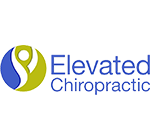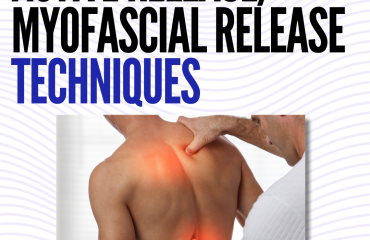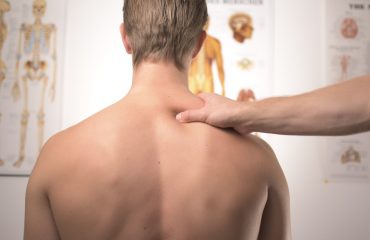Are you experiencing shoulder pain that makes reaching for the remote feel like a Herculean task? What about reaching for the steel cut oats on the top shelf? Does your shoulder make throwing a ball go foul? Fear not, we can help you get back to your OG Hulk strength. Whether you’re dealing with a pesky rotator cuff, frozen shoulder, or limited range of motion you can lean on us for help!
Painful Culprits
Here’s a rundown of the common causes of shoulder pain and how they sneakily creep up on us when we least expect it.
DISCLAIMER: Shoulder pain is not a one size fits all issue. Remember it’s important to be properly evaluated by one of the chiropractors or other healthcare professionals to discover the root cause to your pain.

ROTATOR CUFF TEARS: A delicate ensemble of muscles and tendons that secure our shoulders. Alas, repetitive overhead motions, sudden jerking movements, and wear and tear can cause tiny tears which restrict movement and cause pain.
FROZEN SHOULDER (Adhesive Capsulitis): Imagine your shoulder stiffening up like a kid licking a cold pole in the middle of winter. That is the plight of frozen shoulders, dear readers. The capsule surrounding the shoulder thickens, contracts and causes pain and stiffness that would make a professional contortionist cringe.
SHOULDER IMPINGEMENT: Impingement occurs when the tensons of the rotator cuff get pinched in between the bones of the scapula and humerus, causing inflammation and pain. This condition may be blamed on things such as overuse and poor posture.
ARTHRITIS: Just when you think you’ve been keeping good tabs on your health, the unwelcomed arthritis joins the party and sets up camp in your joints. Many different types of arthritis can affect our shoulders whether it’s osteoarthritis, rheumatoid arthritis, or post-traumatic arthritis.

REHAB TO THE RESCUE
ROTATOR CUFF TEARS
ICE/HEAT: Ice will reduce inflammation and heat will increase blood flow and relax the muscles.
REHAB EXERCISES (go lighter weight, more reps to start):
1. Banded External and Internal Rotation exercises


2. Prone (laying on belly) Horizontal Abductions

3. Wall Angels
4. Scapula Retractions

CORTICOSTEROID INJECTIONS: If you’re not finding any relief, another option your PCP may recommend is corticosteroid injections to help reduce the inflammation and pain.
FROZEN SHOULDER:

STRETCHING AND MOBILITY EXERCISES: May help improve flexibility and movement of the shoulder.
MANUAL THERAPY: Techniques performed by us that may include myofascial release, joint mobilization/adjustments, soft tissue mobilization, and trigger point therapy.
HEAT THERAPY: Applying heat to the area relaxes muscles and increases blood flow.
ULTRASOUND THERAPY: Although we don’t provide this service at Elevated Chiropractic, it is another possible option. Ultrasound waves are applied to the area to reduce inflammation and promote tissue healing.
SHOULDER IMPINGEMENT:
EXERCISES: See Rotator Cuff Tear Exercises. Mid and Lower Trapezius Exercises (YTs) will help pull the shoulder blade down.

POSTURE CORRECTION: Addressing underlying posture problems may help with impingement.
AVOID: Avoid movements that exacerbate symptoms such as repetitive arm movements and overhead lifting/reaching.
MANUAL THERAPY: See Frozen Shoulder
ARTHRITIS:
LOW-IMPACT EXERCISES: Low-impact activities such as swimming or cycling to maintain joint mobility without exacerbating the joints.

WEIGHT MANAGEMENT: Maintaining a healthy weight reduces stress on the joints.
PAIN MANAGEMENT: Depending on what arthritis someone has, their PCP may prescribe medications to help manage the pain and inflammation.
JOINT PROTECTION: Using proper body mechanics will help save a patient’s joints and prevent adding extra stress on the arthritic joints.
Give your pain the cold shoulder and try some of these at-home treatment methods! I don’t mean to beat an unalived horse but remember being evaluated by one of us will provide you with an individualized treatment plan tailored to your condition.




